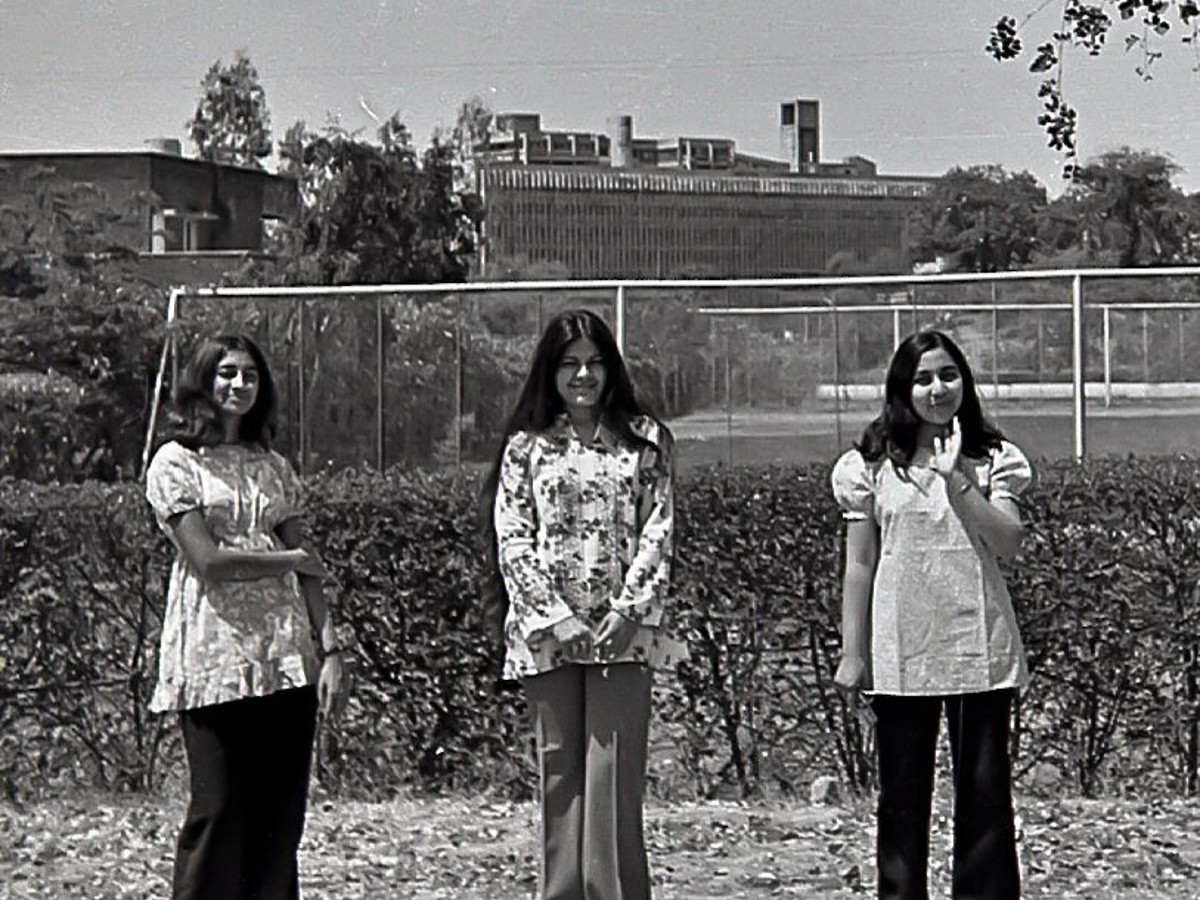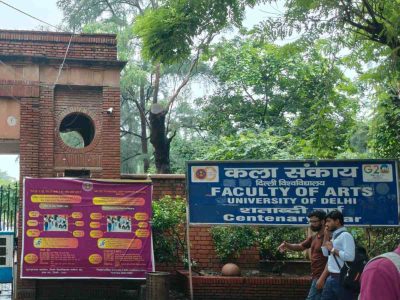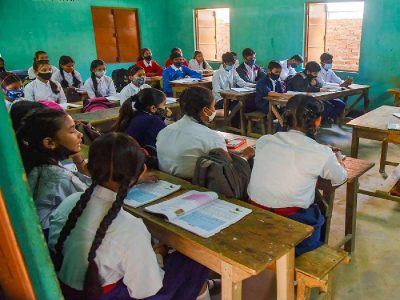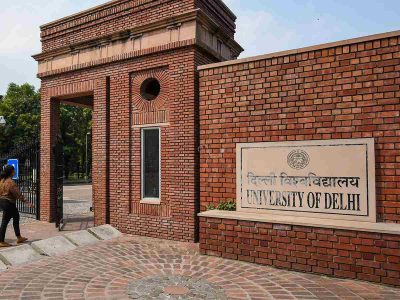Vera Kripalani (nee Mathur) remembers the first class she attended after joining the Indian Institute of Technology (IIT), Delhi in 1969 for a bachelor’s degree in Electrical Engineering.
In the introductory class, which consisted of 45 students, the professor asked the students why they chose engineering for their undergraduate studies.
Vera, who was one of the two girls in the class, had already anticipated the arguments that would follow if she replied what her ambitions were. Instead, she thought of an answer that would end the conversation there itself, and replied “because my parents said so”.
“If I told them what my ambitions were, the professor would ask, ‘But you would not get an engineering job?’ or ‘Who would hire you?’ and other questions of a similar nature. So, I just gave them that reply. As a woman, I was expected to follow my father’s advice and the professor could not argue with that,” said Vera, who is now 70 years old, as she laughed.
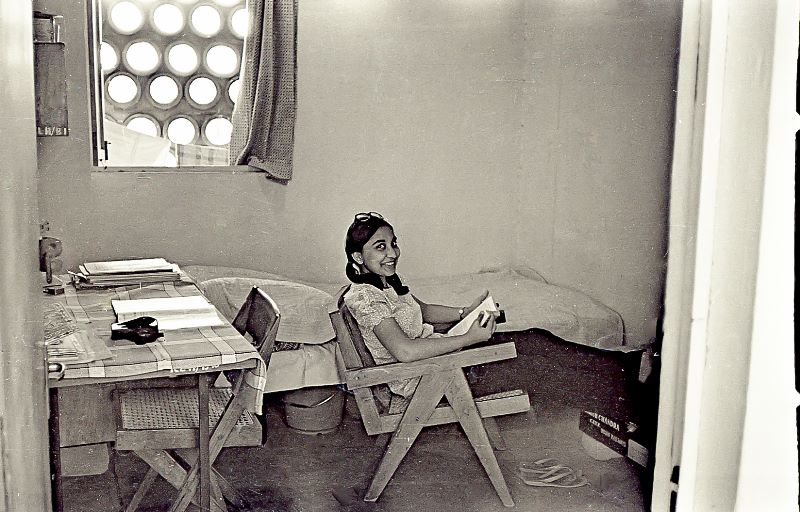
However, it was not her father who had motivated her to take up engineering. In fact, it was a well thought out career decision made at the age of 14 — she wanted a career that would make her financially independent in the future.
In school, Vera decided to take up “higher mathematics”, a pre-requisite for the IIT competitive exams. Unfortunately, the subject was not offered to women in many schools at that time. The struggle to study higher mathematics continued and she could finally opt for it at La Martiniere Girls’ High School in Lucknow. When she joined the school, other obstacles followed. However, it was all worth it when she was ranked among top 150 students out of thousands who had appeared for the IIT entrance exams.
Lack of representation of women in elite engineering colleges is a sad reality that our country still faces. For those who graduated at a time when the number of women was almost none as compared to men, the obstacles were not only limited to societal pressure or lack of resources, but also the attitude of fellow students and professors in the institutes.
When Kripalani was selected, there were only six female students in all the five engineering disciplines at IIT, Delhi. Two other women were selected along with Vera, while the other three were from previous years’ batches.
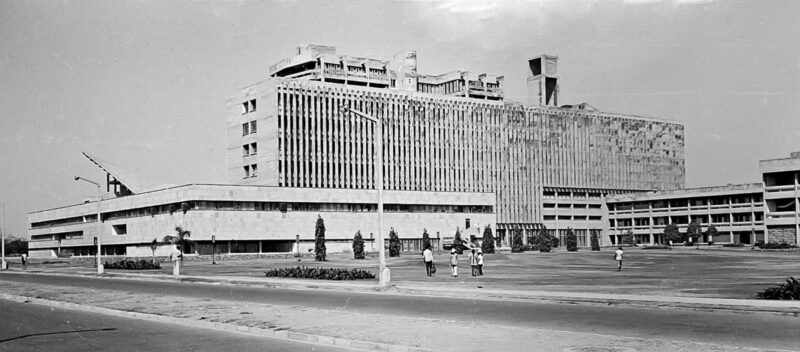
The first two years were particularly disheartening for Vera, when even professors would ask questions like “Do you not feel guilty of stealing a boy’s seat?” or “Why are you wasting the government’s money?”
But the girls carried on, often giving clever answers to such questions, and supporting each other to survive in such an environment. So much so that when they were in their third year of college, the professors believed that they were “good students” and stopped asking “awkward” questions.
The campus, however, was filled with constant harassment where female students would receive unsolicited letters with nasty language.
“Those were horrible, horrible letters with words I cannot even talk about. We were young women who did not even understand half of those words. Initially, we did not want to complain but it came to the point where we had to,” reflected Vera, who was still a teen at the time. The administration warned the boys but the harassment continued.
Vera remembers an incident when male students drew a sketch in chalk of a nude female with the name of a female student on the door of a classroom.
“We saw it when the lecture started and were horrified and very intimidated. You know, our professor saw it when he closed the door but he did not erase it,” Vera said. “It was so hard to focus on the class.”
As the years went by, the few female students developed a thick skin and even learnt to wield influence in the campus student elections. This was also the time when IIT Delhi saw the first woman secretary of its Hindi dramatic society.
In one incident, male students wrote “Vera is available for Rs 5” on one of the desks. But by this time the girls had already learnt to ‘deal’ with the ‘boys’. Vera laughed and said that she boldly added three zeroes herself to make it Rs 5000.
“The ‘boys’ soon realised that they could not shake us anymore.”
When looking for job placements, a similar struggle followed. For one particular job, the professors announced that “the girls need not go” for the interview. Vera joined a bank when she could not find an engineering job even after qualifying for the jobs because the companies were not prepared to accommodate women in their workforce.
A couple of years after graduating from IIT Delhi, Vera left for the US to pursue a Master’s degree in Computer Science. Her contributions in the field of engineering include her work in wireless technology, which started with the early analog cellular systems and spanned 2G, 3G and 4G. Vera has travelled to more than 40 countries during her business career. She recognises that her education at IIT Delhi has helped her achieve what she has in her life.
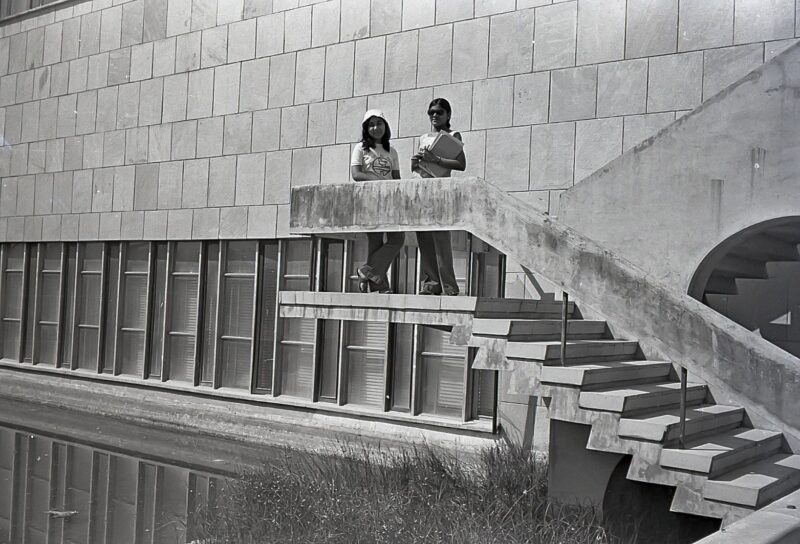
Nidhi Shrivastava, who graduated from Delhi Institute of Technology in 1996, currently works as Associate Director at a leading global IT services and consulting firm. She was among the three girls preparing for the entrance test for engineering colleges in her school. When she was selected in DTU, the strength of girls reflected a similar ratio.
“Our branch, Instrumentation and Control, was popular with 10 women in a class of 50, one of the highest across the college. Mechanical on the other hand had one girl out of a batch of 100. Civil probably none,” she told Patriot.
In the 90s, unlike the 70s when Vera graduated, the introduction of ‘women-friendly’ branches led to the increase in representation of women.
Nidhi said that the proportion of women would have gone up in the 2000s with the introduction of subjects apart from ‘tradition engineering’ streams.
Aamir Qureshi, who graduated from the college in the same year as Nidhi, made a similar observation.
He said: “The mid-1990s was indeed a transition period for engineering. When we joined in 1992, engineering was still “traditional”, it included a “workshop”, mechanical drawing, etc. Computer Engineering or even access to a computer was elusive. By 1996, this had changed. Engineering was, by and large, about computers and electronics.”
This is thought to have increased the participation of women and reduced the societal perception that engineering is a male-centric field.

